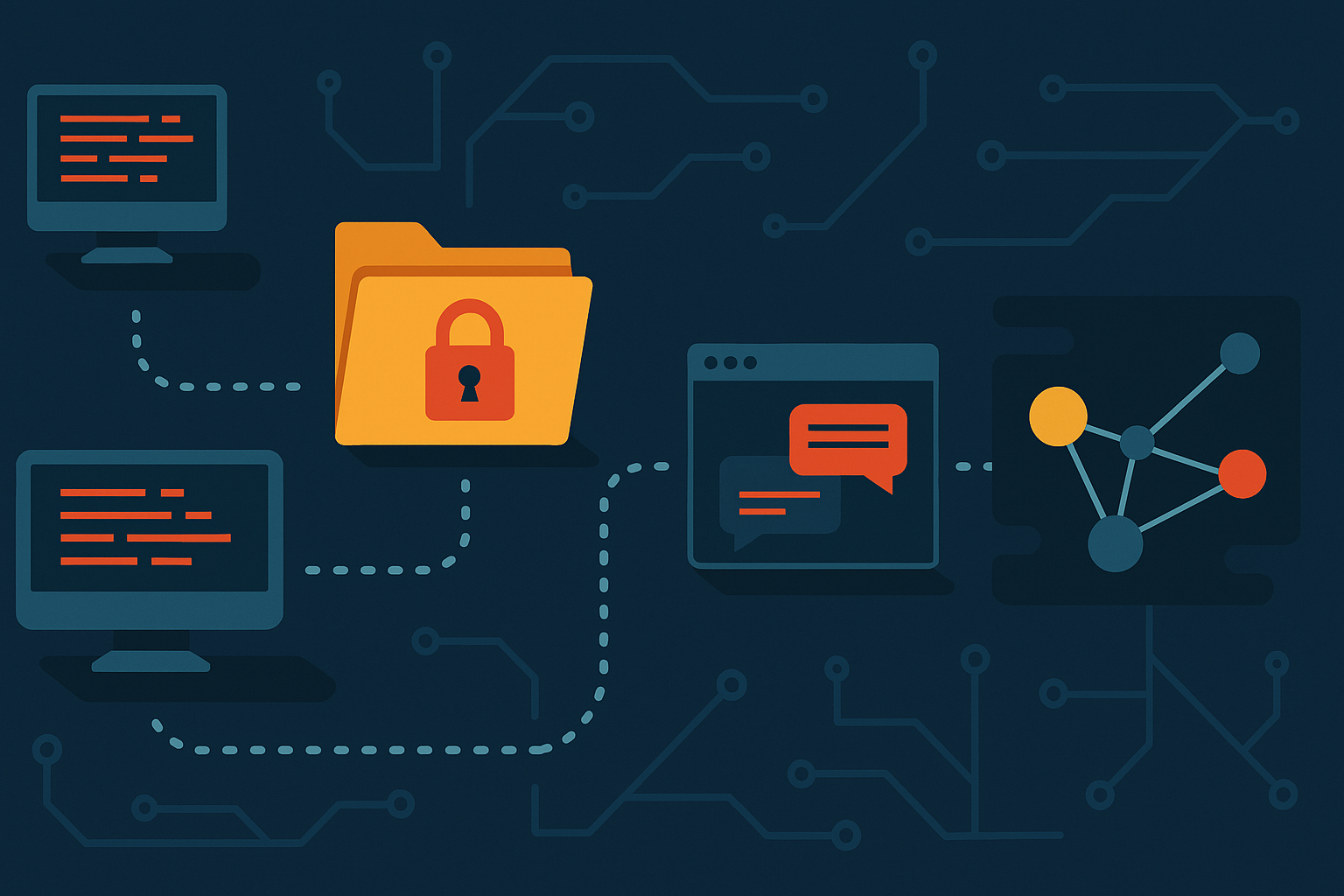LockBit’s Embarrassing Breach: When Hackers Get Hacked
The Ransomware Kingpins Become the Punchline
It sounds like the plot of a cyberpunk satire: LockBit, the infamous ransomware kingpins notorious for enabling global cyber extortion, have found themselves hoisted by their own digital petard. In an audacious twist, these shadowy architects of chaos have suffered a massive leak of their most guarded secrets.
What happens when the hunters become the hunted? For cybersecurity professionals—and, let’s admit it, internet rubberneckers—it’s a rare peek into the inner sanctum of cybercrime’s upper crust. And as we sift through LockBit’s dirty laundry, we find lessons that reach far beyond schadenfreude.

Inside the Heist: Data Dump or Criminal Masterclass?
The breach goes miles beyond your average embarrassing email chain. The leak exposes not only LockBit’s meticulously formatted payload build logs, but also thousands of negotiation transcripts between affiliates and their unfortunate targets, spanning from late 2024 into the shiny, not-so-secure new year of 2025.
This isn’t just loose change left on the nightstand; it’s a doctoral thesis on the operational savvy—and occasional hubris—of modern cybercrime. It turns out the bad guys have playbooks almost as thick as Fortune 500 security manuals, and just as vulnerable to human missteps.
The RaaS Model: Criminal Decentralization’s Double-Edged Sword
LockBit’s business model, Ransomware-as-a-Service (RaaS), is a case study in illicit gig economy innovation. Affiliates use LockBit’s devilishly polished tools to launch attacks, while the mothership team monitors and optimizes every campaign, siphoning off their cut in exchange for infrastructure and expertise.
This mass outsourcing isn’t just lucrative; it’s volatile. More links in the criminal supply chain mean more chances for leaks—and we’ve just seen the cost of letting your ‘employees’ play with digital dynamite.
Supply Chain Chaos: Cybercrime’s Achilles’ Heel
The LockBit breach is a mirror image of challenges facing legitimate organizations. Third-party risks now dominate cybersecurity headlines worldwide. Verizon’s 2025 Data Breach Investigations Report quantifies the threat: supply chain attacks have doubled, accounting for nearly a third of all incidents.
In LockBit’s case, their affiliates—essentially trusted outsiders—were both the engine of expansion and the vector of downfall. This decentralization, so often celebrated for its agility, reveals its flip side: the more partners you trust, the more ways your crown jewels can vanish overnight.
Lessons for the Good Guys (and Everyone Else)
If a syndicate with every reason to prize secrecy can stumble so dramatically, what hope is there for companies juggling dozens of cloud vendors, SaaS providers, and offshore contractors? The LockBit leak is a warning and a promise: supply chain risk is universal, and no organization is too sophisticated—or sinister—to fall victim.
The AI Paradox: Acceleration Meets Exposure
As if the plot needed another twist, artificial intelligence is accelerating this cyber cat-and-mouse game. Businesses now deploy agentic AI systems to run 24/7, everyone’s chasing ROI, and developers race to integrate generative models without fully grappling with security implications.
Seventy percent of organizations confess grave concerns over securing their AI stacks. Ransomware gangs, always enterprising, are likely eyeing AI as a new playground—crafting smarter phishing lures, tweaking negotiation bots, automating payload development. But here’s the rub: the same AI that empowers the attackers could turbocharge defenders, especially given troves of leaked data like LockBit’s. The cyber arms race just got wheels—and maybe autopilot.
An Ironic Reckoning: When Predators Become Prey
The LockBit episode is a dazzling, if mortifying, case study in cybercriminal fallibility. For all their bravado, these organizations are as vulnerable to insider errors, sloppy partners, and the iron law of unintended consequences as any blue-chip multinational.
For law enforcement and defenders, intelligence from the leak could spark a wave of arrests, disruptions, and clever countermeasures. For the digital underworld, it’s a timely reminder that when you live by the breach, you might just die by the breach. And for everyone else? It’s proof that resilience hinges not on being invincible, but on staying just one blunder ahead.
Looking Ahead: Prepare for LockBit 2.0 (and Beyond)
It’s almost poetic: the information once used for blackmail might now shield the very organizations it once threatened. But make no mistake, the cybercriminals won’t vanish quietly—the next kingpin is likely learning from every exposed misstep.
So, as we fortify our AI-powered defenses and brace for the next episode in this endless cyber soap opera, perhaps we can savor one simple fact. Sometimes, karma works in JSON, too.



